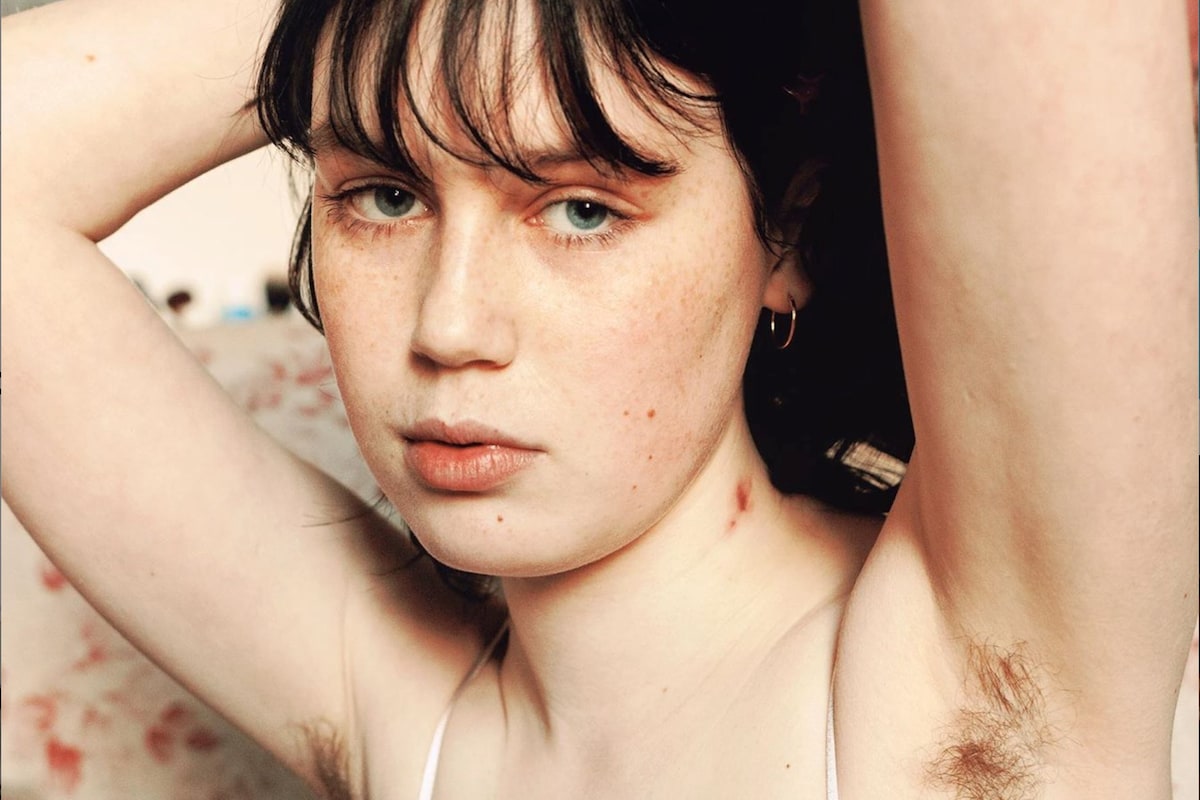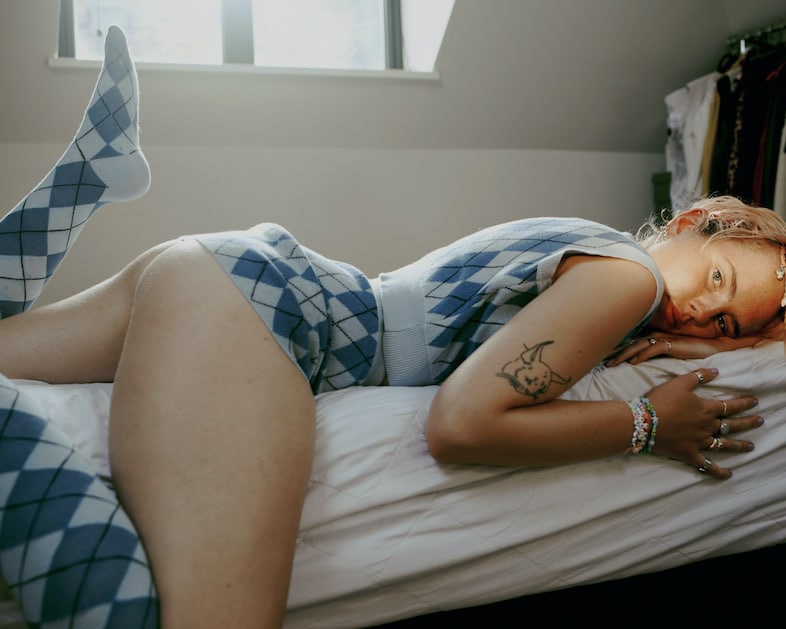Guen Fiore, Echo11 Images
Growing older brings a certain detachment from past versions of yourself, but they never fully leave you. As photographer Guen Fiore describes the resonances that linger in her portraits, “What was once loud softens, but it never disappears.” Her debut photobook, Echo, captures girls coming of age as she traces their ascent into adolescence across seven years. “Each portrait captures the essence of the girls at a particular moment: a snapshot of their identities and experiences as we were. The echo is what remains for us to feel and reflect on now,” she says.
The project is rooted in the in-between space of adolescence, the tension between childhood and adulthood that shapes early womanhood. It’s a stage that has long inspired artists, and it’s perhaps unsurprising that Fiore cites Sofia Coppola’s The Virgin Suicides as a formative influence. “The transitional stage between adolescence and young adulthood is filled with change,” she says. “External pressures can make it difficult to accept yourself and freely explore what you’re naturally drawn to,” she continues. “At its core, my work became an exploration of the body, followed by an exploration of sexuality.”
That friction plays out in the images: an understated awkwardness drifting through some frames, set against sudden flashes of confidence. “I know there is a quiet power in seeing yourself in ways you may have been afraid to before, perhaps because you felt you didn’t match the standards imposed on you,” Fiore explains. The poses also inhabit this in-between space, shifting between relaxation and tension; not childlike, but not fully adult. It’s something writer Alessia Glaviano picks up on in the book’s statement: “The bodies are caught in a pending state – as if uncertain of how to proceed – with an unrelenting power pulling them upwards, towards young adulthood and a second powerful and untamable force pushing, with equal strength, in the opposite direction, towards childhood – a realm that is fading away without ever truly disappearing.”
That in-betweenness is also conveyed through intimate, close framing, capturing the subtle details of bruises, redness, love marks, scars, or tattoos scattered across the girls. Fiore explains that some of these were intentionally framed and others were not, but once she notices a detail, it becomes a crucial part of the shot. The girls are mostly set against bedrooms and living rooms, sprawled on carpets or standing barefoot on worn floorboards. These familiar, private spaces reflect the idleness of adolescence – the mundanity of rooms soon to be outgrown and the quiet stirrings of nostalgia that linger long after.
Most of the girls were discovered through Instagram, a process Fiore says adds a layer of identity to the images. “What I particularly like about finding girls on Instagram is that it offers a window into how they express themselves, how they want to be seen.” While scrolling through accounts, posts, and story tags, she was drawn to subtleties and complexities that aren’t immediately apparent. “I’m fascinated by the potential to reveal something new and refreshing, whether it’s expressed through quiet shyness or confidence,” she explains. “That mix of vulnerability and strength is what often captures my attention and inspires me to work with someone.”
Through her selection of models, Fiore unintentionally holds up a mirror to parts of herself. “People often tell me that some of the girls remind them of me, or that there’s a certain resemblance among them. It’s hard to articulate exactly what it is, but in every girl I photograph, there’s an element that resonates with me,” she tells Dazed. “The girls I photograph are, on average, about ten years younger than I am, a gap that has shaped my perspective. Ten years gives you enough distance for perspective, but not so much that you feel removed. Many of our experiences still overlap,” she continues.
Over time, this sense of reflection became central to the project – revisiting adolescence inevitably casts a light back on her own experiences. Fiore’s upbringing was shaped by the familiar pressures and expectations of youth. “Starting high school exposed me to… what was considered cool or beautiful, and what wasn’t. Growing up in Italy, beauty ideals were highly visible, narrow, and well-defined. I don’t think I fully realised how much this shaped my self-esteem as a young girl. It’s probably the same everywhere, but if you don’t fit what you see, you begin to believe you’re not good enough for many things,” she explains.
“For me, the impact of beauty standards intensified in my late teens, but paradoxically it hit hardest around 25 or 26, right when I started taking pictures for fun.” In this way, Echo became as much a record of Fiore’s coming of age as of the subjects. “These portraits feel like echoes of what we shared. They remind me not only of them but also of how deeply photographing them helped me understand myself, and of the way they shaped my perspective as a photographer,” she explains. Now the project is complete, Fiore feels a sense of detachment from the work, one not too dissimilar to how we feel about our adolescent selves. She sees Echo as a celebration of that growth, continuity, and “the imprint of the past on the present.”
Echo by Guen Fiore is published by Patrick Remy Studio.

 Photography Guen Fiore
Photography Guen Fiore